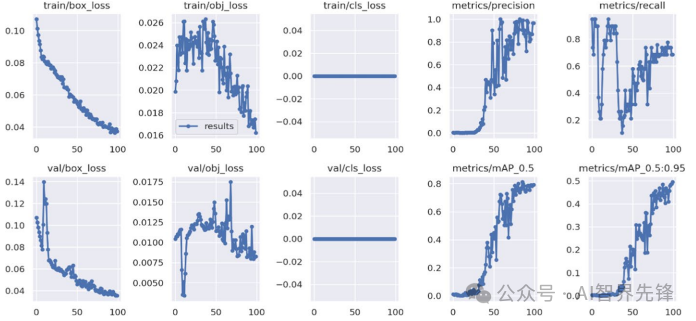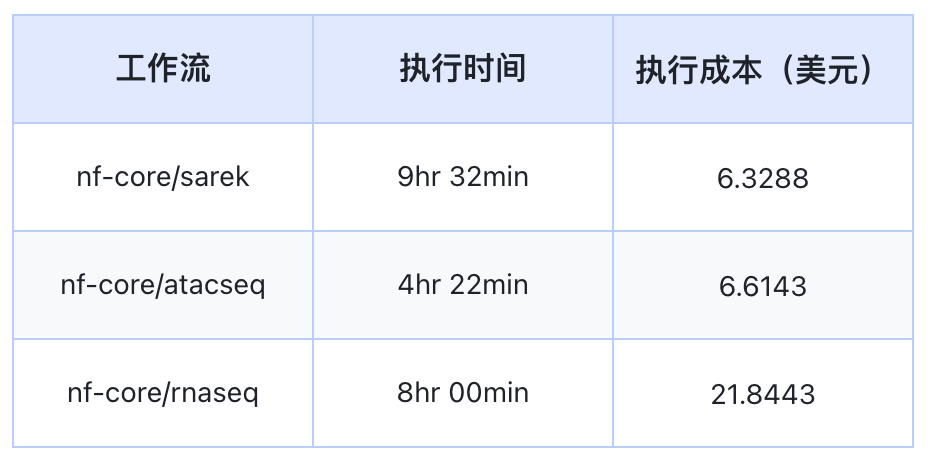C++17引入了并行STL(Standard Template Library)算法,这允许你在多核处理器上并行执行常见的STL算法,从而提高性能。这些并行算法通过在底层使用执行策略(execution policies)来控制算法的并行行为。C++17 提供了三种执行策略:
std::execution::seq:表示顺序执行(sequential execution),即不使用并行。这是默认的执行策略。std::execution::par:表示并行执行(parallel execution),允许算法在不同的线程上并行运行。std::execution::par_unseq:表示并行且无序执行(parallel and vectorized execution),允许算法在多个线程上并行运行,并且允许编译器进行矢量化优化。
使用并行STL算法非常简单,你只需要在调用算法时指定执行策略即可。例如,对于std::for_each算法,你可以这样使用:
#include <iostream>
#include <vector>
#include <algorithm>
#include <execution>int main() {std::vector<int> vec(1000000, 1);// 使用并行执行策略std::for_each(std::execution::par, vec.begin(), vec.end(), [](int& n) {n *= 2;});// 输出第一个元素,以验证操作是否成功std::cout << vec[0] << std::endl; // 输出2return 0;
}
在这个例子中,std::for_each使用了std::execution::par执行策略,从而允许并行执行。注意,使用并行算法时,算法函数中的操作必须是无副作用的(即线程安全的),否则可能会导致未定义行为。
以下是一些常见的STL算法,它们在C++17中支持并行执行:
std::for_eachstd::transformstd::reduce(std::accumulate)std::sortstd::partitionstd::stable_sortstd::findstd::find_ifstd::countstd::count_ifstd::min_elementstd::max_elementstd::minmax_elementstd::all_ofstd::any_ofstd::none_ofstd::copystd::movestd::fillstd::generate
要使用并行STL算法,你需要确保你的编译器和标准库支持C++17,并且通常需要使用特定的编译选项来启用C++17标准。例如,在使用GCC或Clang时,你可以添加-std=c++17编译选项。
最后,虽然并行STL算法可以显著提高性能,但它们并不是在所有情况下都会带来性能提升。性能提升取决于问题的规模、算法的特性和底层硬件的特性。因此,在实际应用中,你可能需要进行性能测试来决定是否使用并行算法。














![[Docker#9] 存储卷 | Volume、Bind、Tmpfs | -v/mount | MySQL 灾难恢复 | 问题](https://img-blog.csdnimg.cn/img_convert/a43b6b5c1b3ebbcc31f477637dd1c7b7.png)




